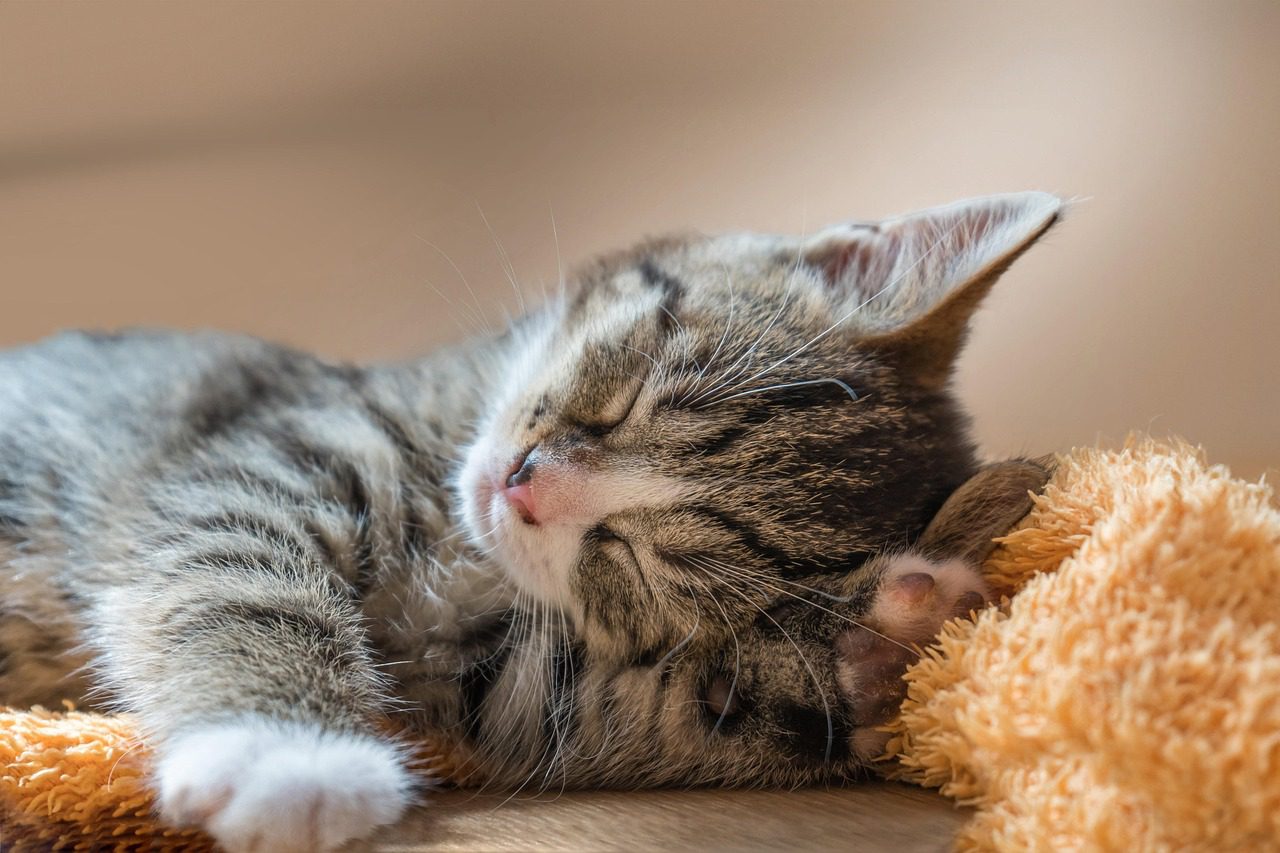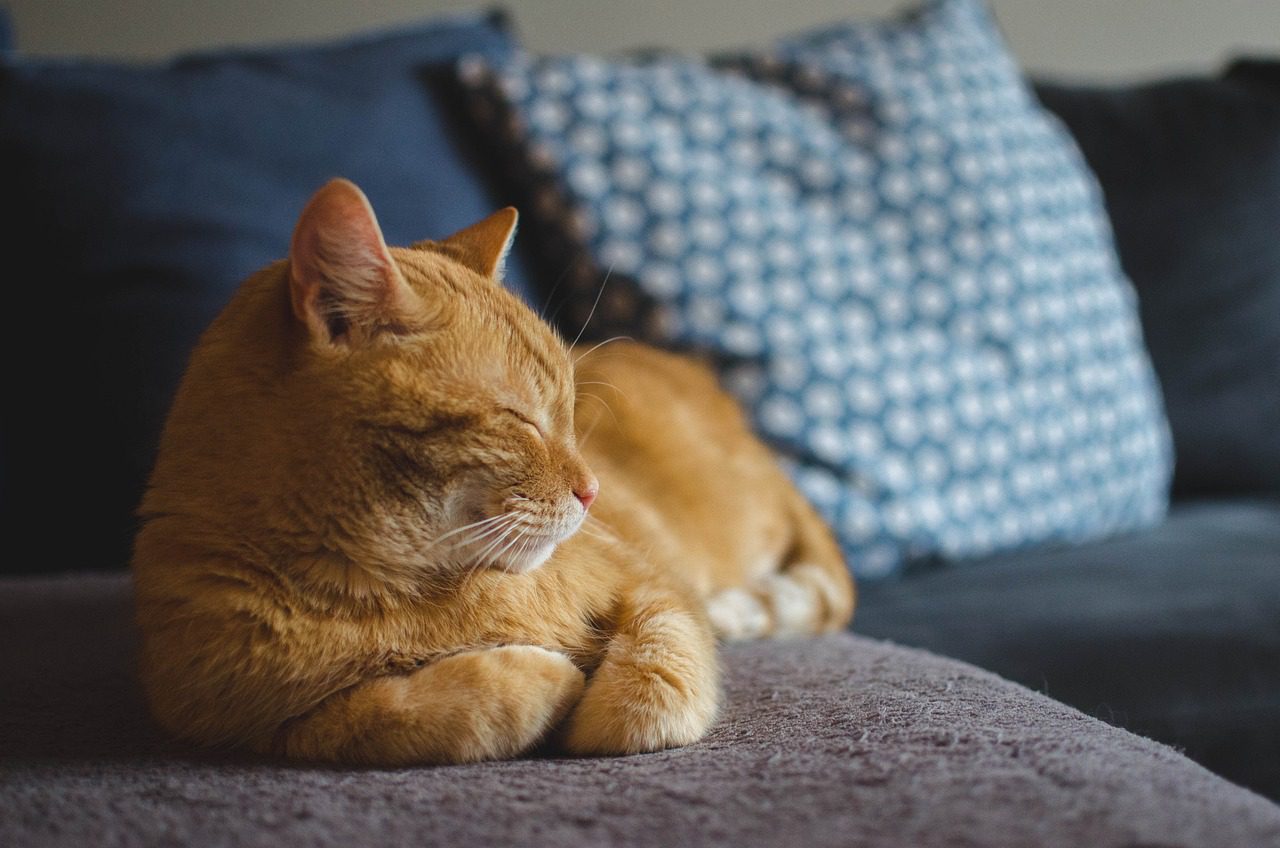Have you ever seen a rabbit try to tie itself into a knot?
I remember the first time a saw a pet bun twisting herself around, with her head on one side, and rolling around her whole axis. Her name was Flopsy, and I thought she must have had a stroke!
I was anxious that there would be little I could do to help. Luckily, on this occasion, I had a colleague with me, who reminded me to check a parasitology text book.
My patient was suffering from a type of fungal infection called Encephaltitozoon cuniculi. It produces quite resistant spores that can enter a rabbit’s body by being breathed in or eaten, usually from urine-soiled hay or food.
This bug spreads to the pet’s lungs, liver, kidneys, eyes and brain, but only causes severe disease in individuals under a lot of stress, such as having recently given birth. It can cause urinary infection and incontinence, as well as the strange knot-tying contortions.
The good news is that this infection can be treated with simple medication, but the little lady did need significant loving care to nurse her through the next few days. She was too tied up to get at her water bowl or to feed herself, so we taught her loving owner how to syringe what she needed gently into her mouth. She also needed regular washing until she was able to take over her own grooming again.
But before all this, I had to have a conversation about the family’s own health. E. cuniculi can infect people, especially those who are immunosuppressed, eg after an organ transplant. The medical term for an animal disease that can infect people is a ‘zoonosis’. Luckily this wasn’t a problem in Flopsy’s case. Meanwhile, we checked and replaced her foodstuffs, and gave her hutch a really thorough deep clean.
I only see a few cases of E. cuniculi each year, but, because of its potential damage to the people in a rabbit’s family, I do recommend a simple preventative medication twice a year.




